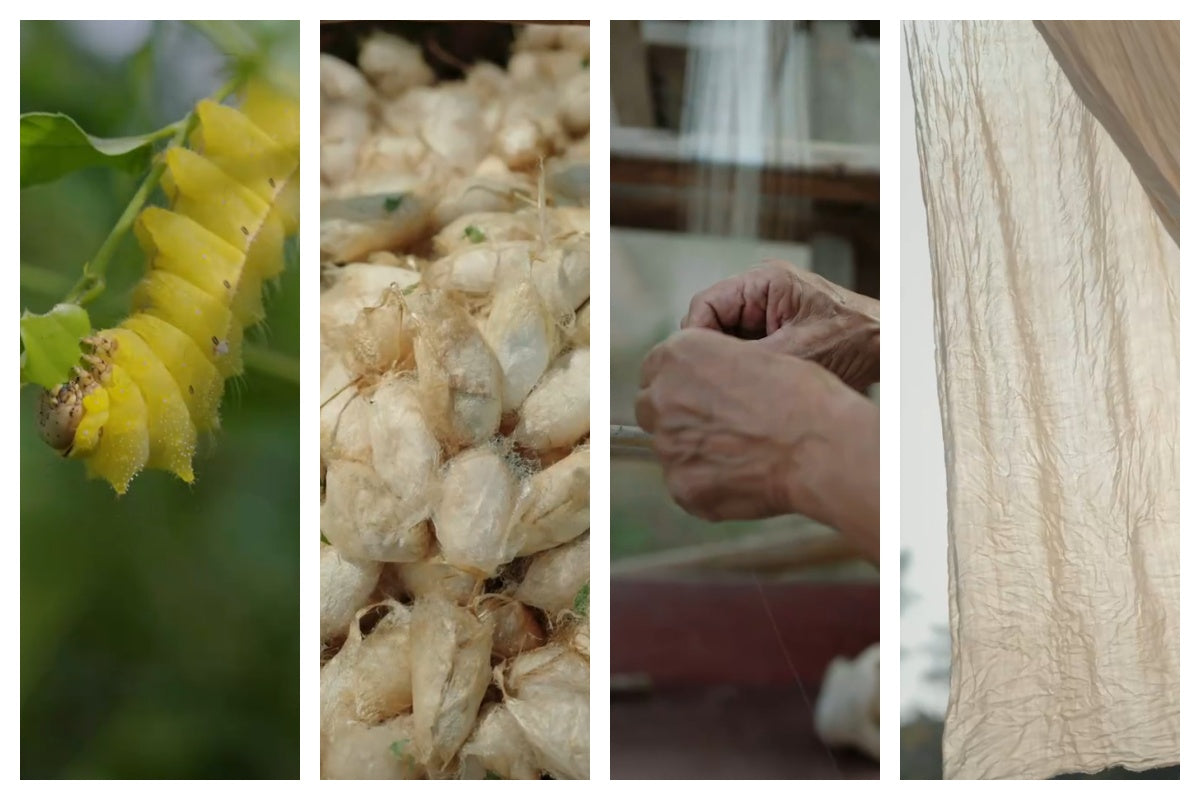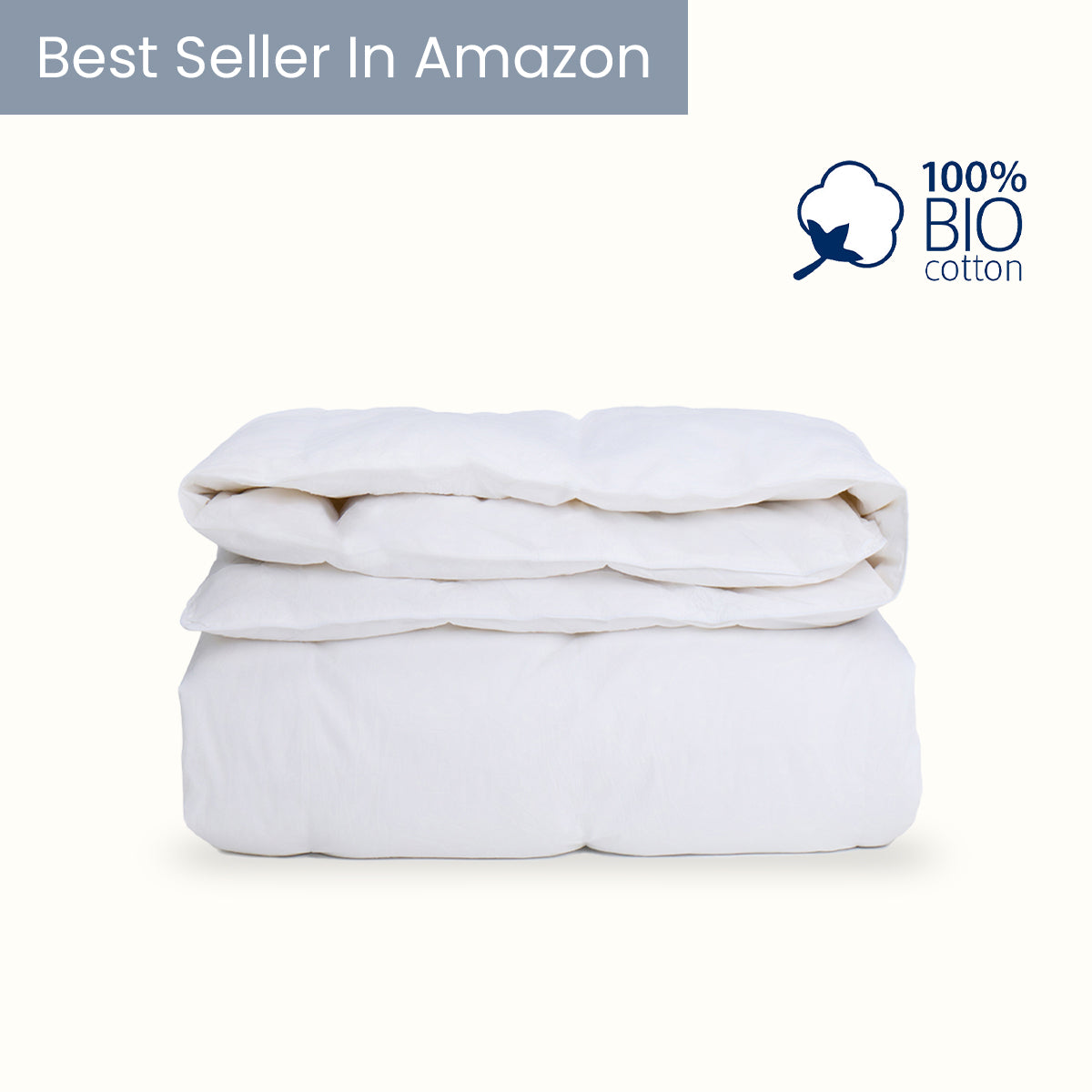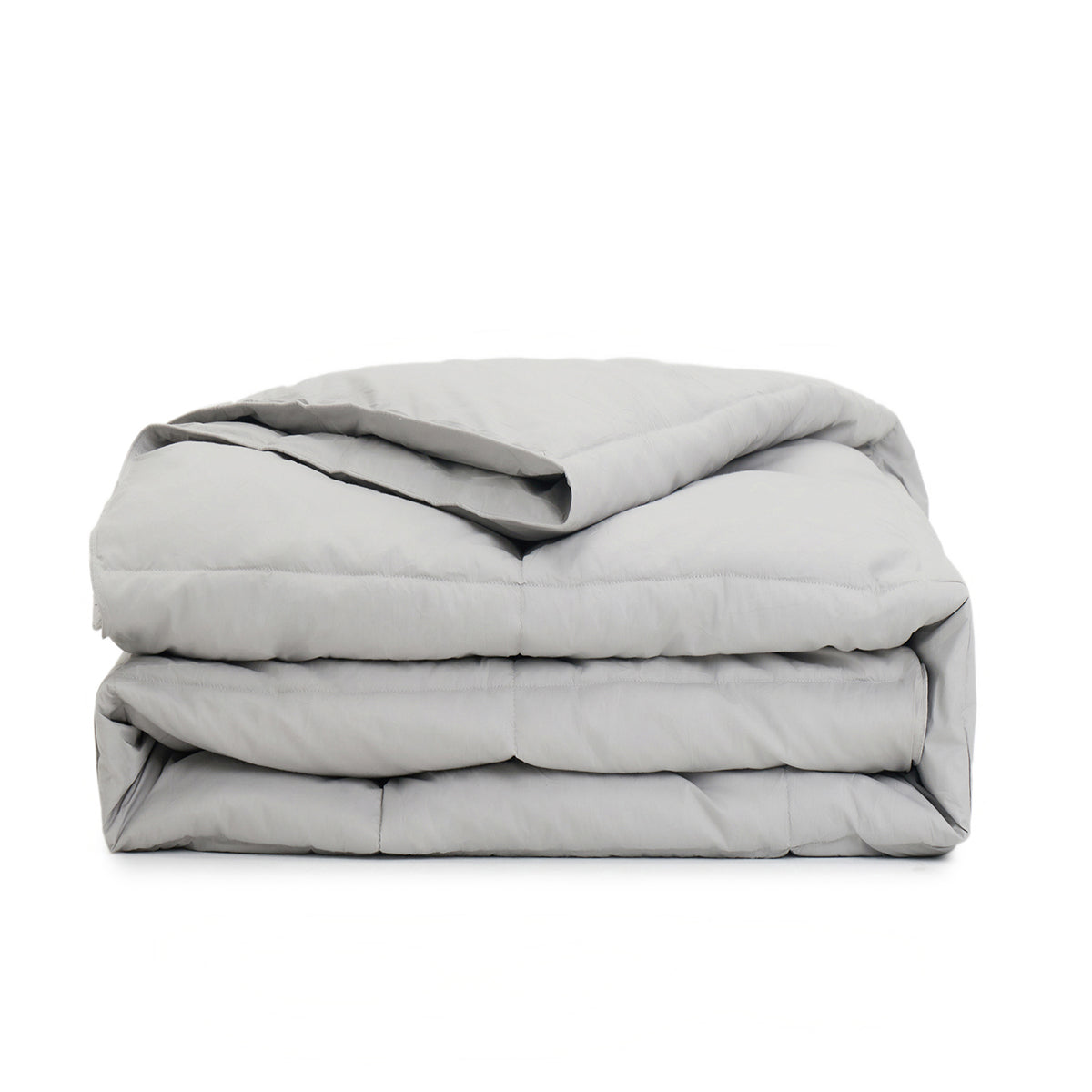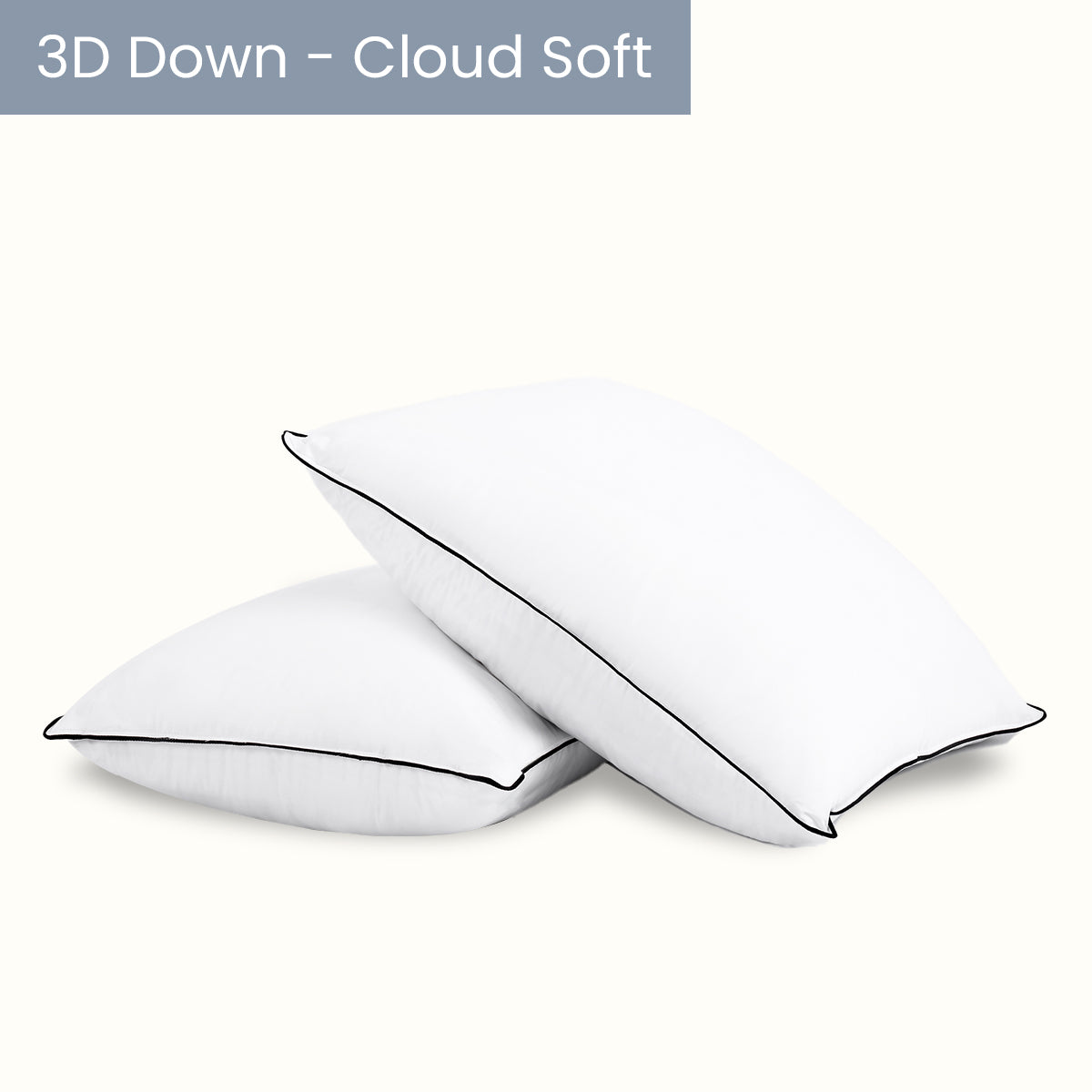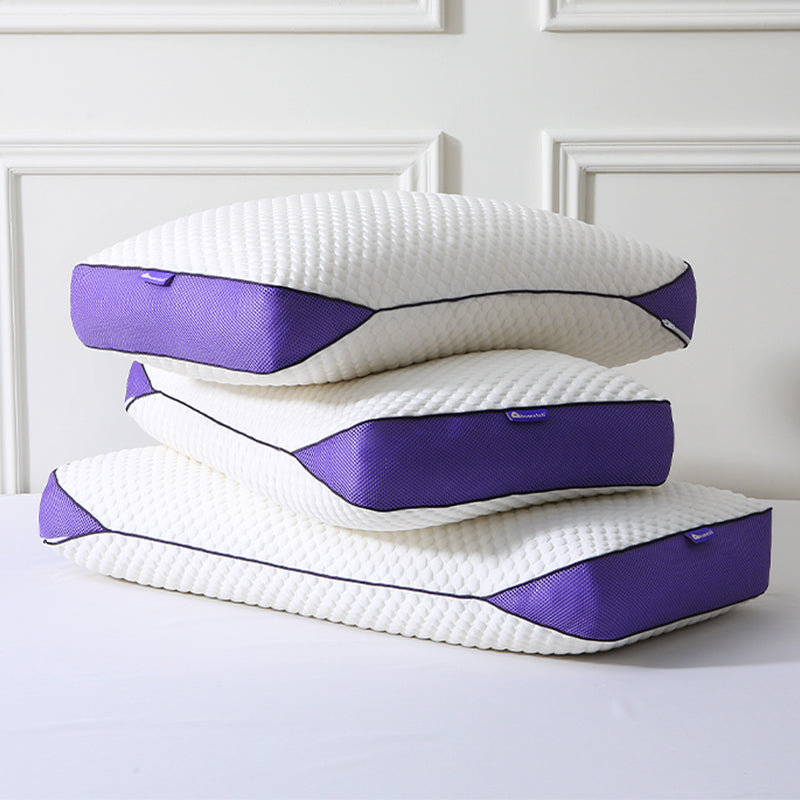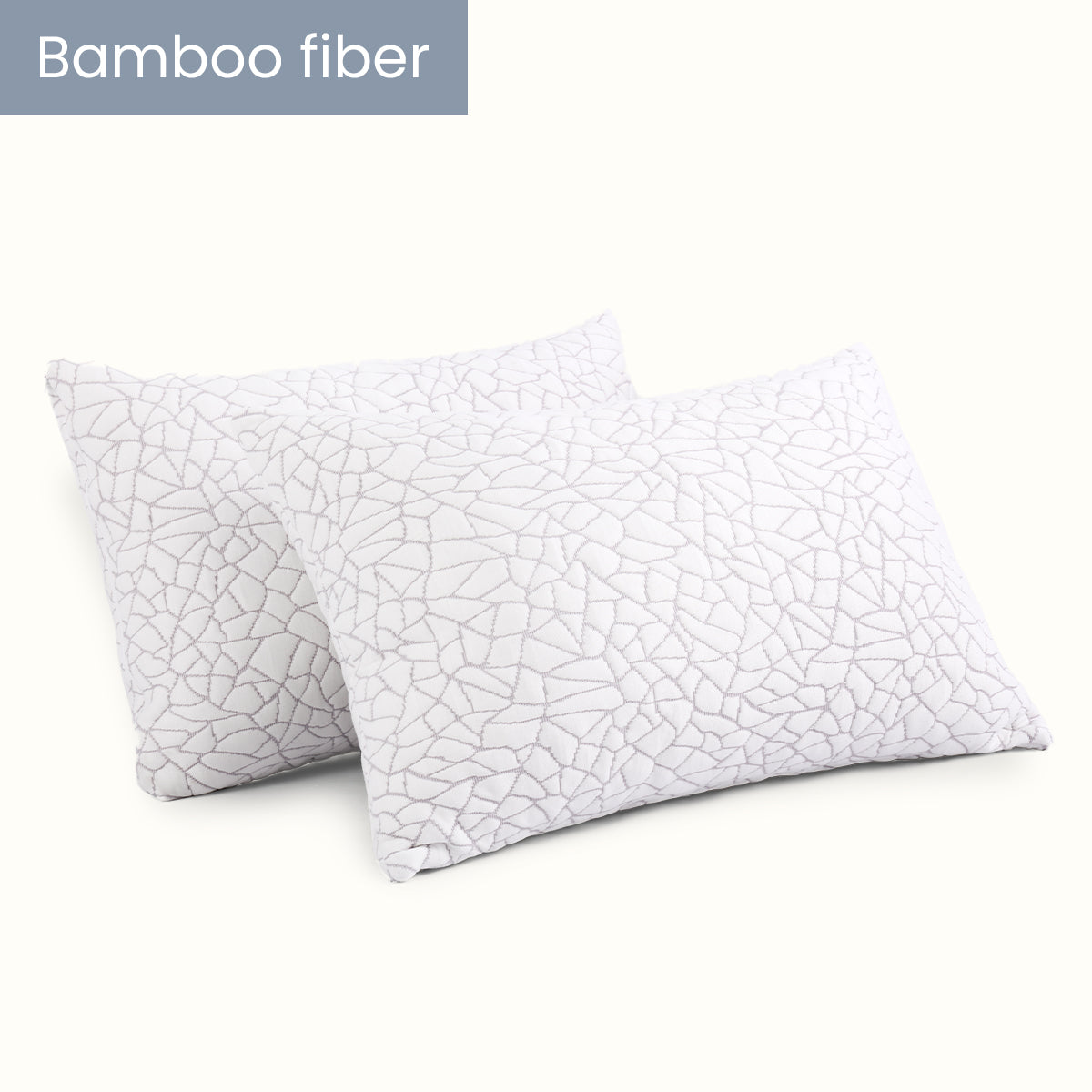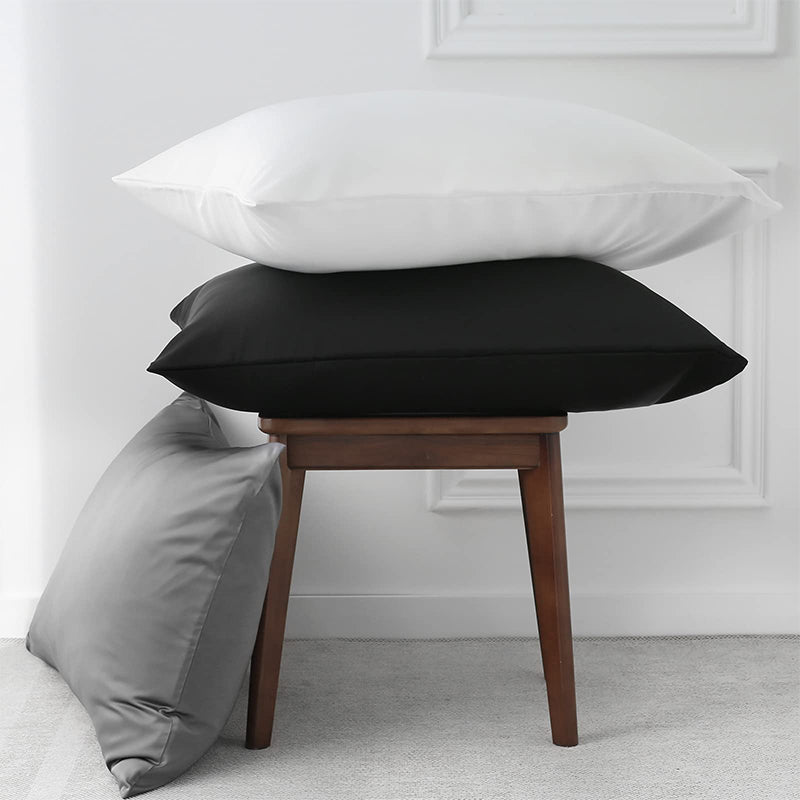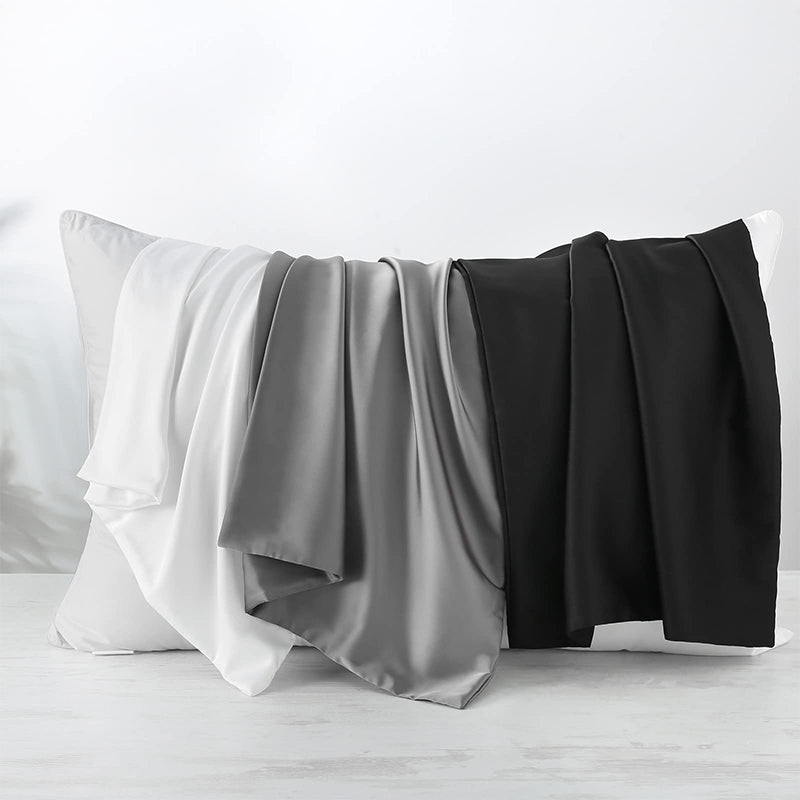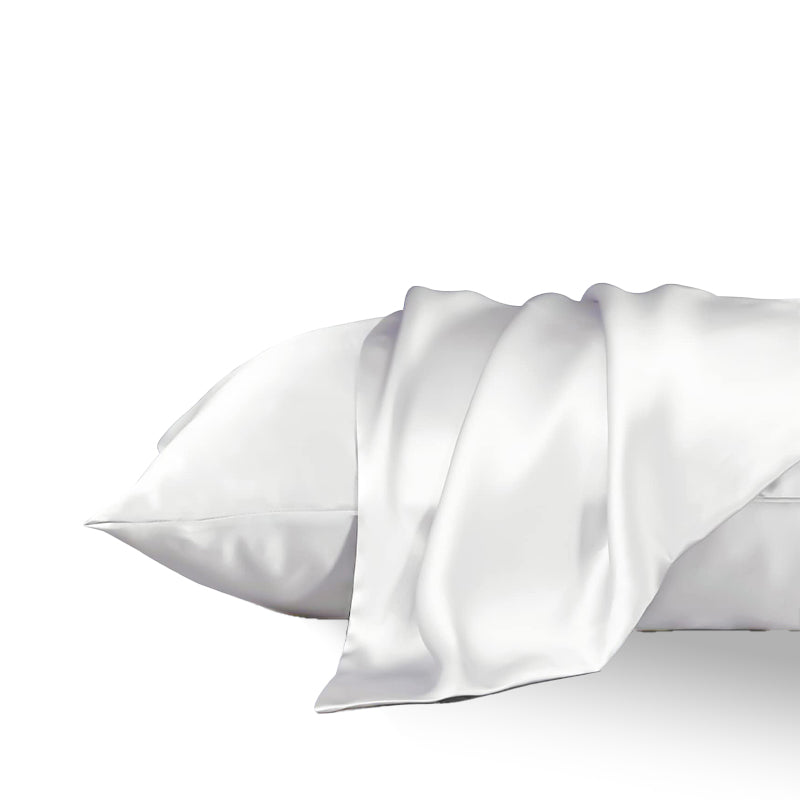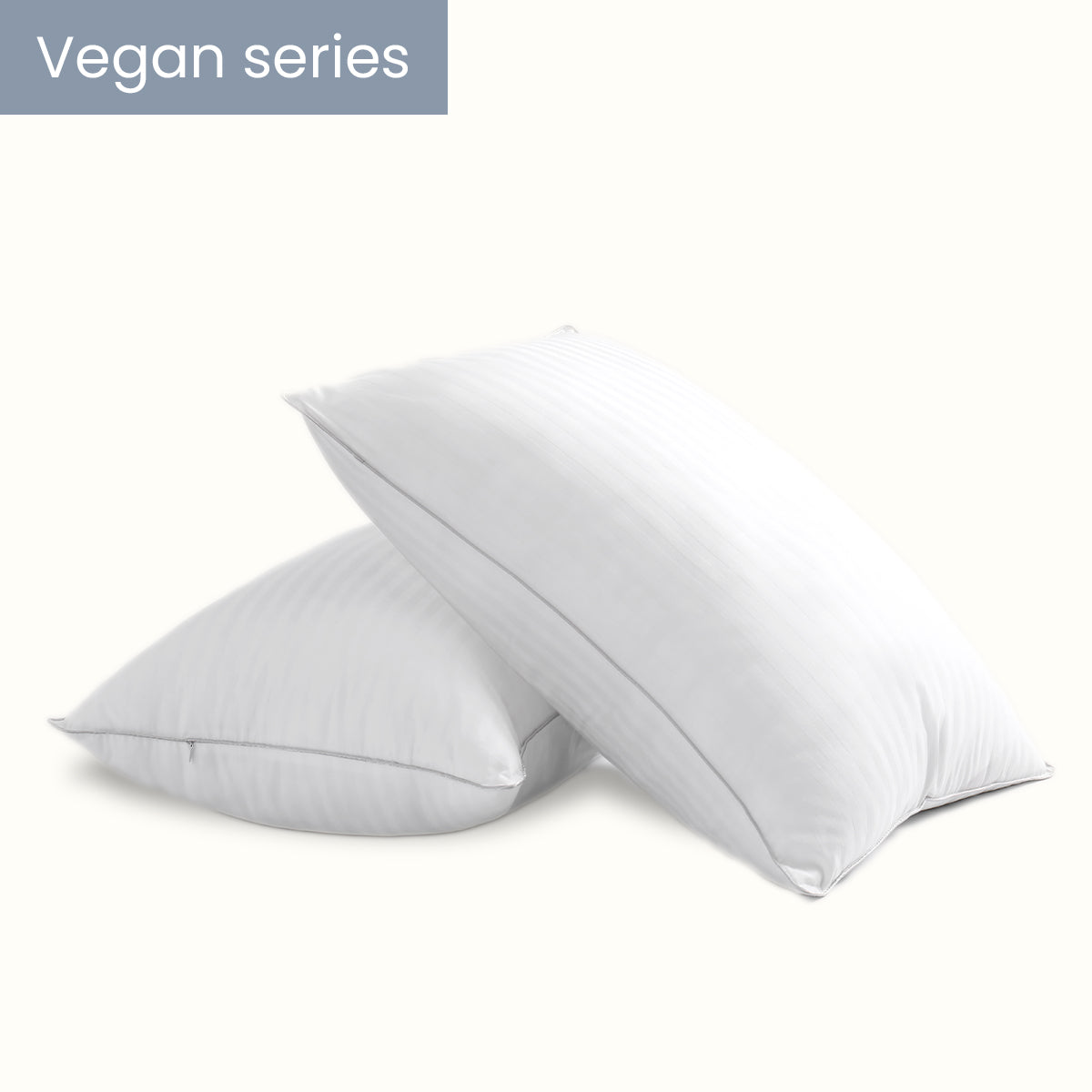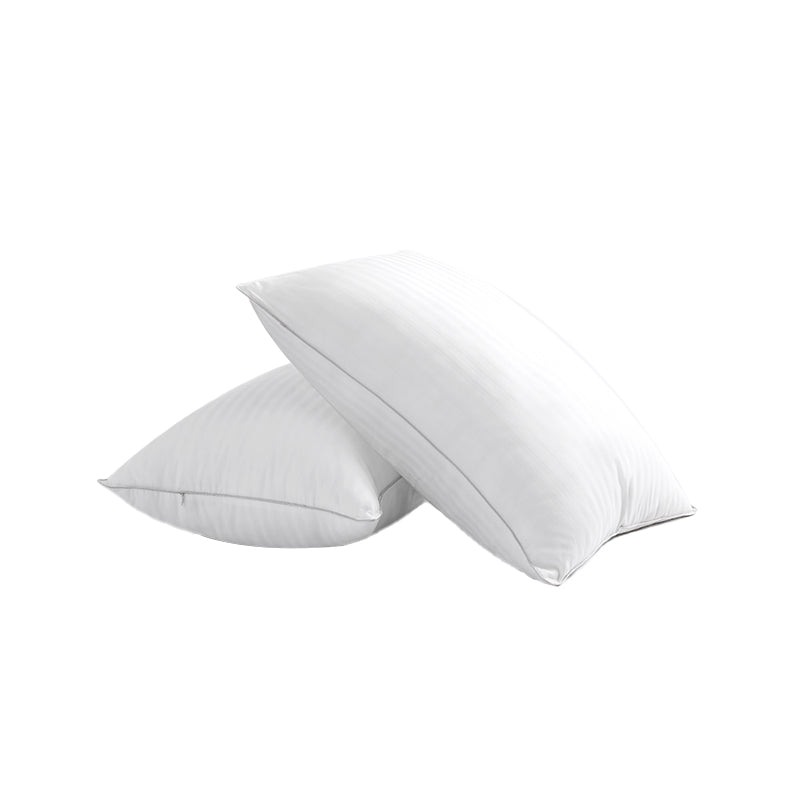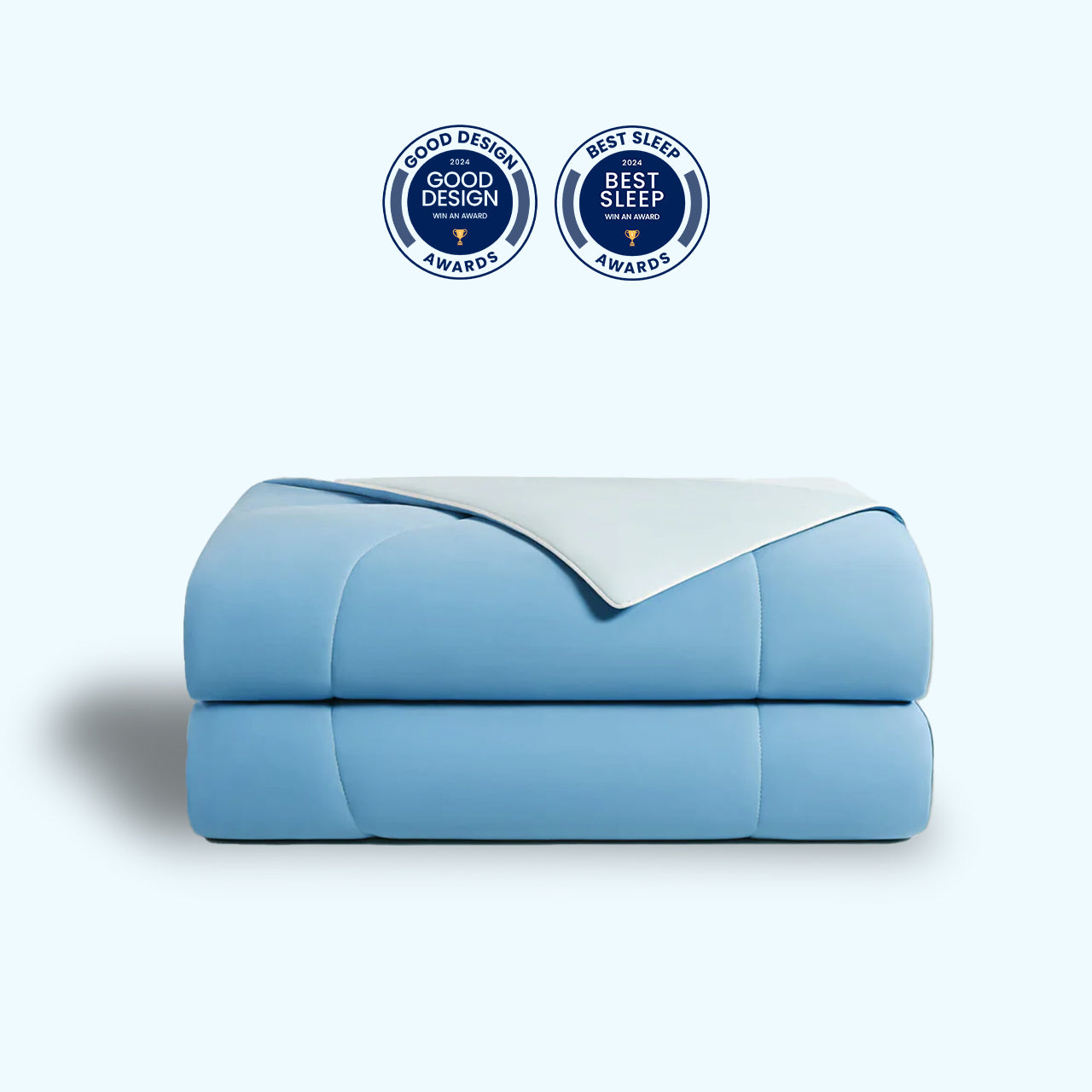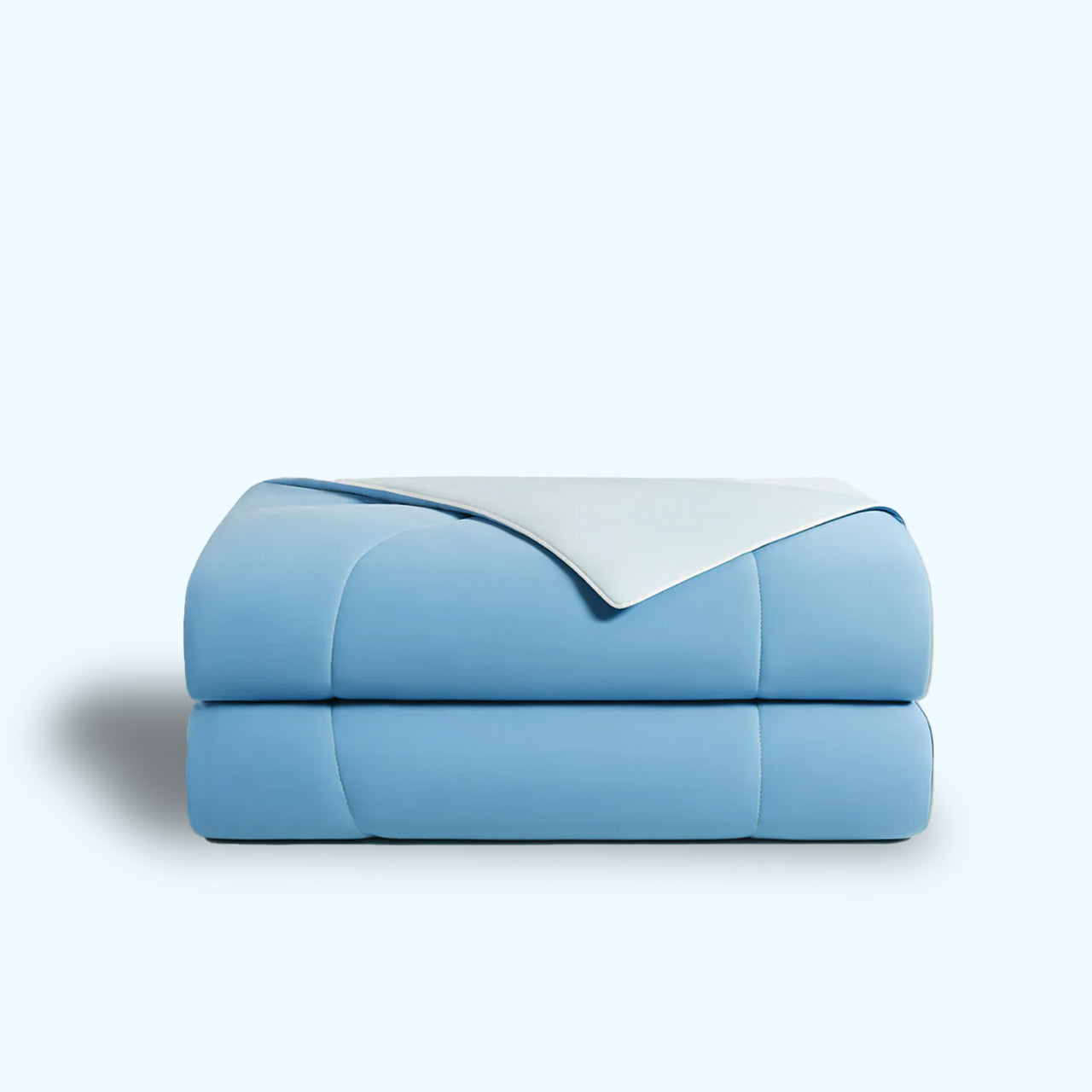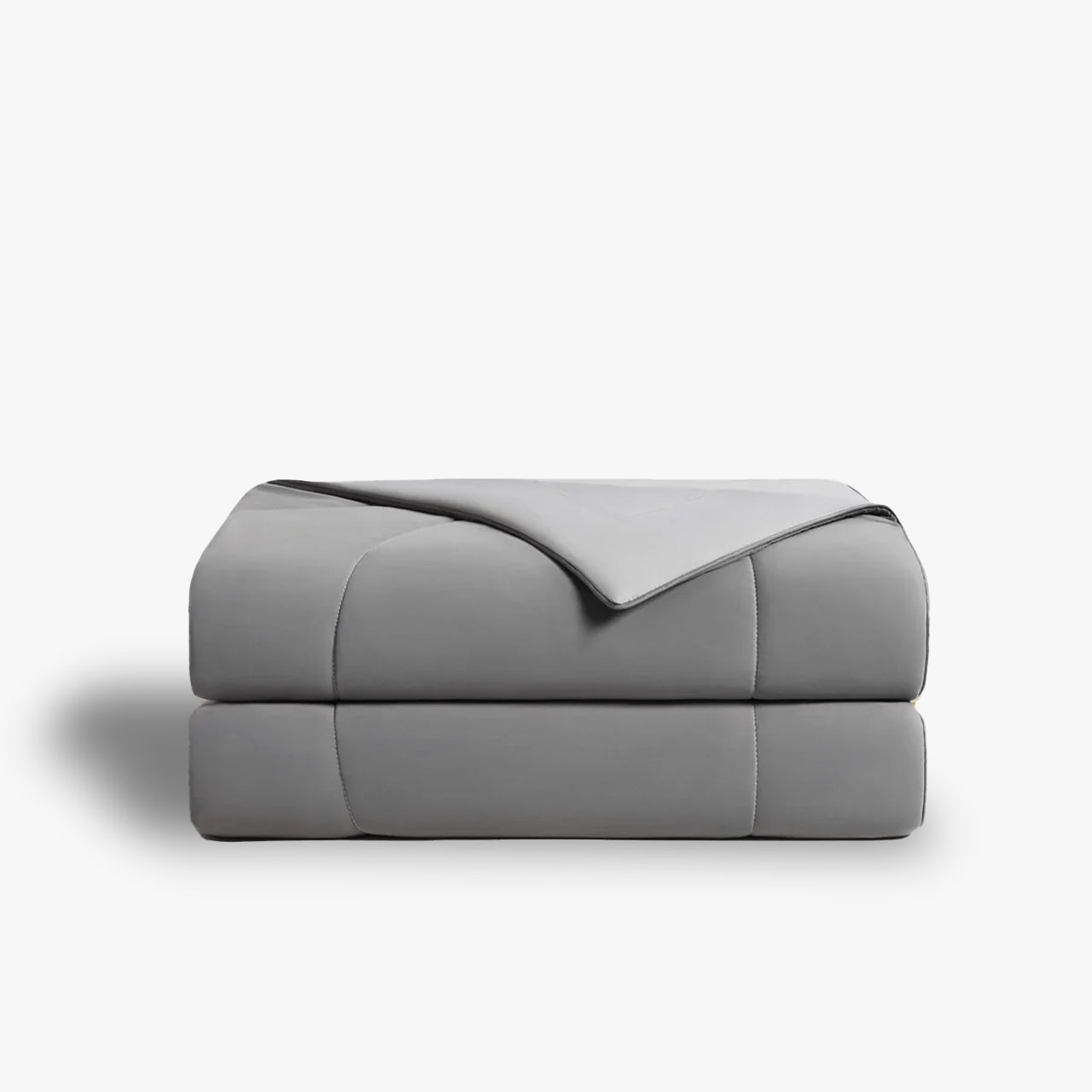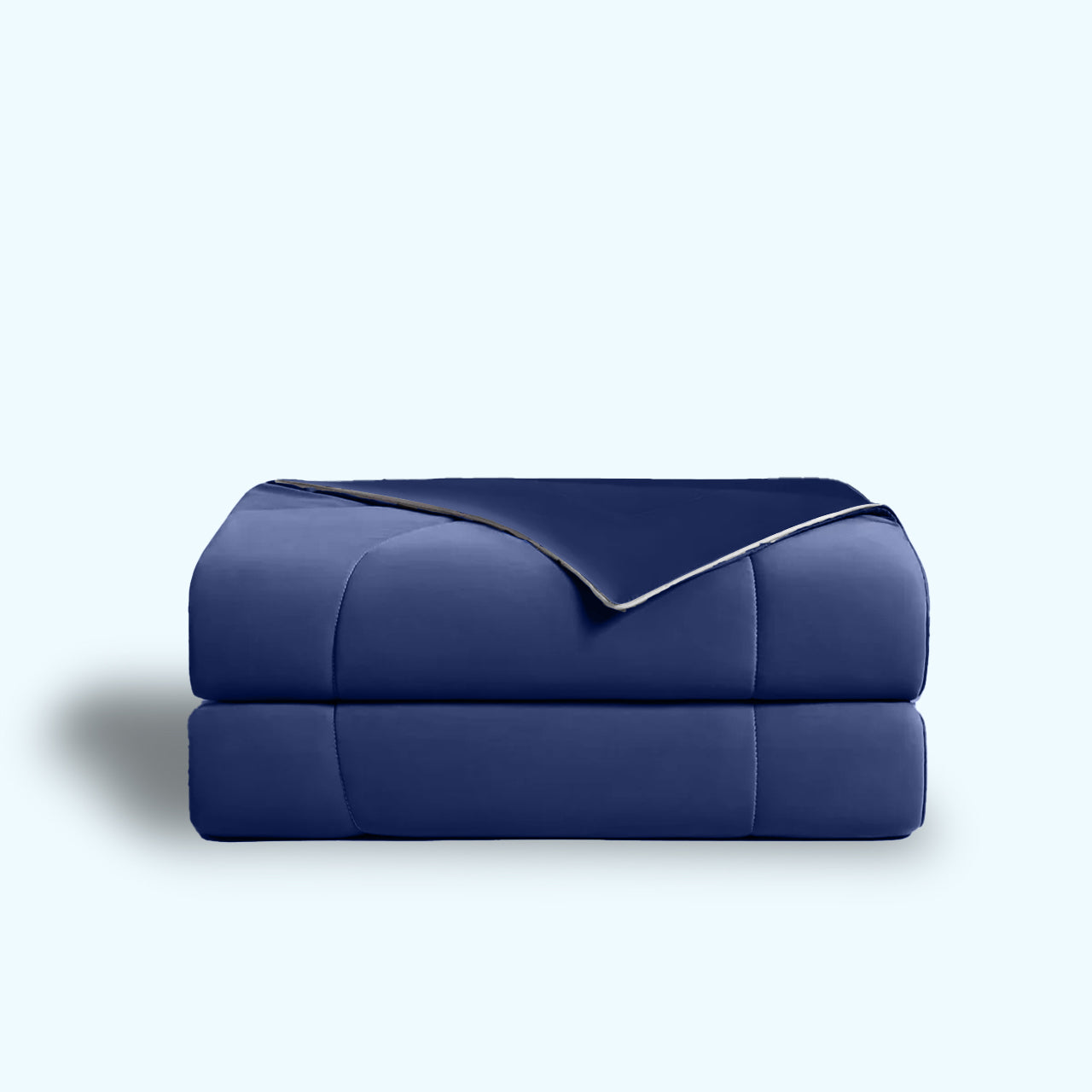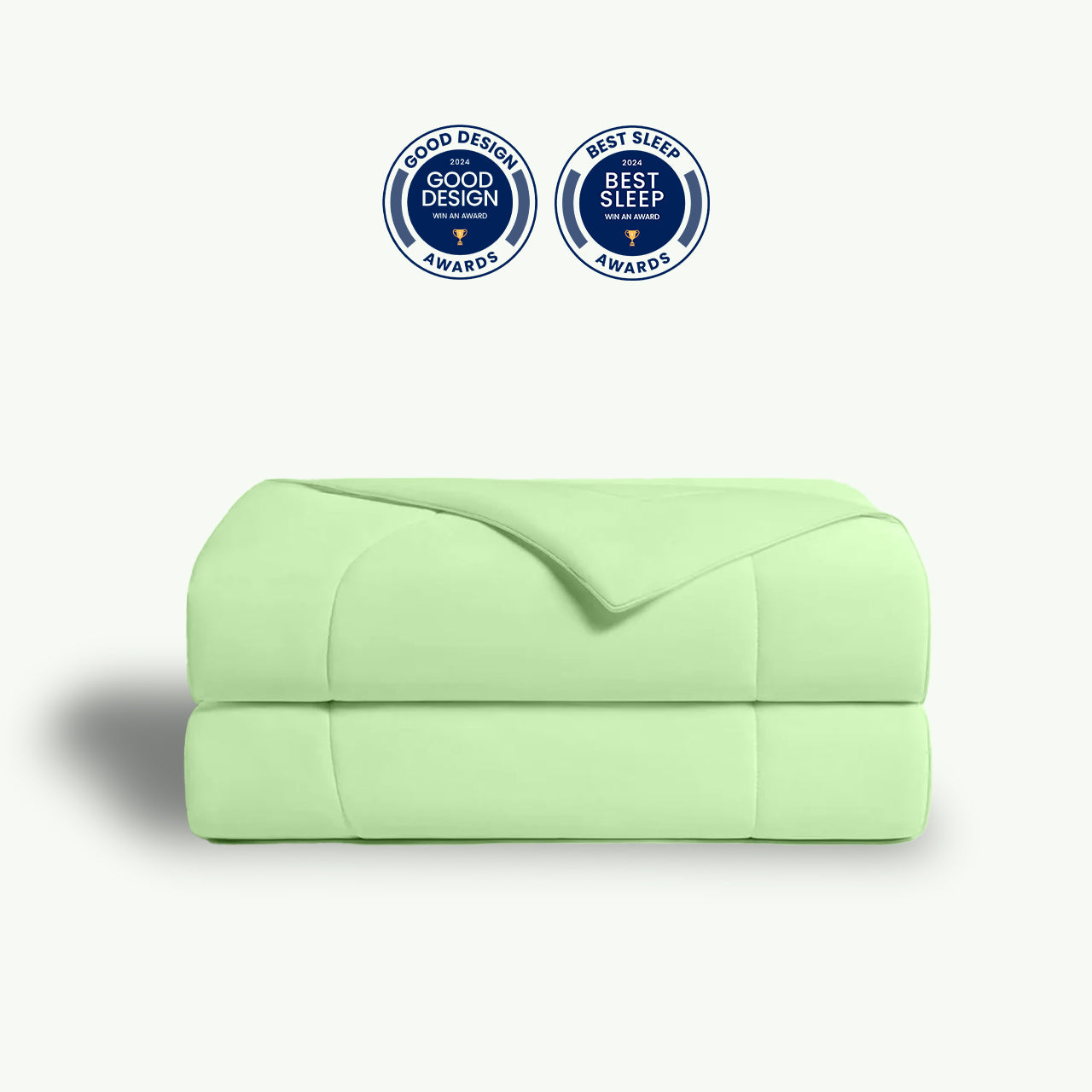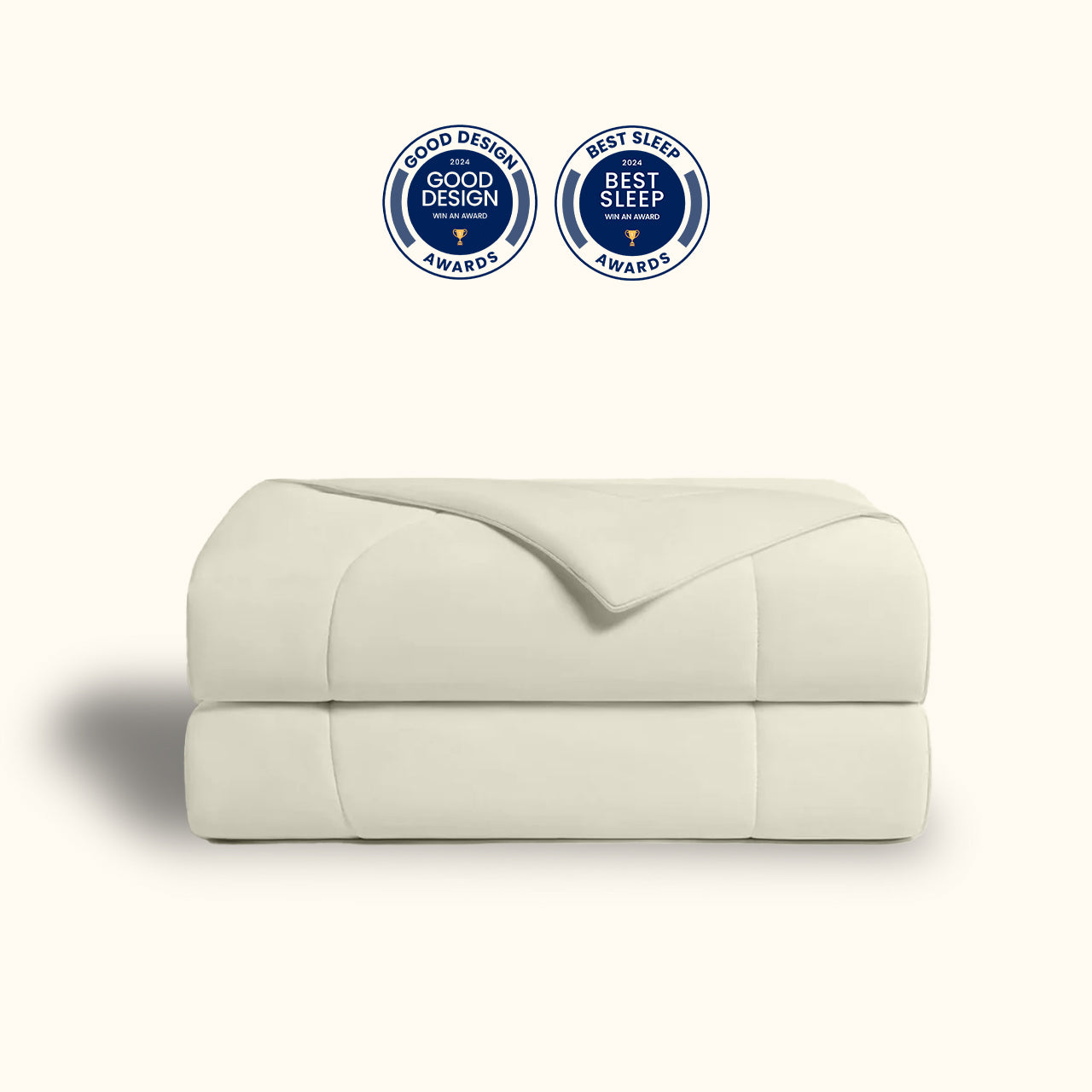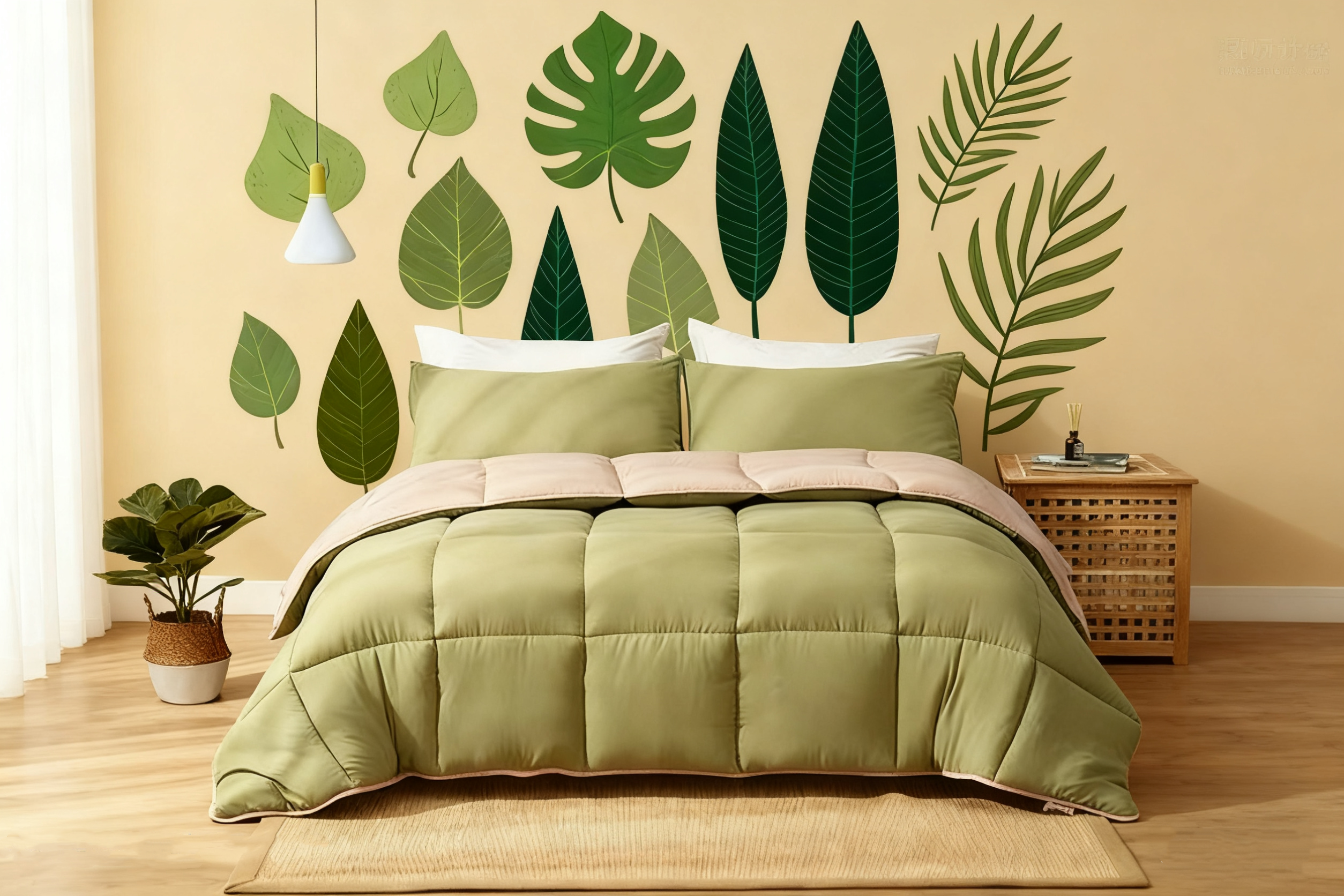Touch a wild golden silk comforter or fabric. It feels like holding a handful of early-morning sunlight—soft but shiny, delicate but full of nature’s essence. This precious wild material is more than a "golden treasure" in the textile world. It also shows how humans and nature can live in harmony. Today, let’s step into the world of wild golden silk. We’ll follow its amazing journey from tiny tussah silkworms to beautiful fabrics and that cozy wild golden silk comforter.
I. A Gift from the Forests: The Natural Essence of Wild Golden Silk

Wild golden silk is actually a rare kind of tussah silk. Its biggest charm is that it’s "100% natural" and "no one interferes with its growth". Mulberry silk comes from silkworms raised by people. But tussah silkworms are different. They grow in big tussah forests. They eat natural tussah leaves, breathe fresh mountain air, and live on dewdrops. No one adds artificial feed. No one uses chemicals here. Every tussah silkworm grows as nature tells it to. That’s why the final silk—perfect for making a wild golden silk comforter—is so pure.
The cocoon-harvesting process is even more magical. Every year, when tussah cocoons are at their peak, harvesters go out at dawn. They walk through morning dew to get to the tussah forests. At that time, tussah cocoons hang on branches. They shine with clear dewdrops and have a soft golden color in the sun. They look like "natural love letters" from the forest to people. No machines are used to pick them. Harvesters gently pick the cocoons by hand. This way, the forest isn’t damaged. And the cocoons stay whole—keeping the silk inside pure for your wild golden silk comforter. This "slow" way of harvesting is the first sign of wild golden silk’s eco-friendly ideas.

II. The Growth Diary of Tussah Silkworms: New Changes Every Week
To really understand why wild golden silk (and the comforters made from it) is so precious, you need to know its "makers"—the tussah silkworms. These small creatures live for about 45 to 50 days. Each week, they change a lot. Every stage of their growth is full of nature’s wisdom.
- Week 1: "Tiny Explorers"
Baby tussah silkworms just hatched from eggs are as small as sesame seeds. They’re completely black. They run across tussah leaves like a group of small ants. At this stage, they don’t eat much. They only nibble the soft edges of leaves. They grow using only the natural temperature and humidity around them. No one needs to take care of them.
- Week 2: "Little Molters"
In the second week, baby silkworms shed their skin for the first time. After shedding, they get a little bigger. Their color slowly turns from black to light brown. Small white hairs start to grow on their bodies, too. They eat more now. So, you’ll see uneven holes on the leaves they eat. They move more, too. They go from branch to branch to find fresher, softer leaves.

- Week 3: "Growth Spurt Period"
By the third week, tussah silkworms grow very fast. They’re about 10 times bigger than when they hatched. Their color becomes light yellow-green. Their bodies get stronger. They need a lot more tussah leaves now. Most of the time, they’re eating as much as they can. You can often hear the soft sound of them chewing leaves in the forest. One important thing: at this stage, silkworms learn to protect themselves from enemies. For example, when birds come near, they curl up and roll off the branches. They show how strong they are at surviving.
- Week 4: "Golden Preparers"
In the fourth week, tussah silkworms start to have a soft golden color. This is a "preview" of the wild golden silk coming soon—silk that will make a cozy comforter. They eat less and less. They move more slowly, too. They start looking for good spots on branches to spin their cocoons. Inside their bodies, silk liquid starts to form. So their bodies look a little see-through. You can even see the shape of their silk glands through their skin. A "golden change" is about to happen.

- Weeks 5-6: "Spinning into Gold"
When a tussah silkworm finds a good spot to spin (usually where two branches meet), it starts making silk to form its cocoon. First, it lets out silk liquid to fix itself in place. Then it keeps spinning in an "8" shape. As soon as the silk liquid touches air, it becomes solid silk. Each silkworm can make 300 to 500 meters of silk every day. After working for 3 to 4 days straight, an oval tussah cocoon is made. The cocoon shell has a warm golden color. It gives off a soft shine in the sun. This is the "baby form" of wild golden silk—the starting point of a perfect wild golden silk comforter.
III. From Cocoons to Fabrics: The Natural Production Process of Tussah Silk
Wild golden silk—used to make that lovely comforter—is precious for two reasons. One is its natural growing environment. The other is its production process. The process follows "eco-friendly and low-carbon" rules strictly. No chemicals are used. So the natural qualities of the silk are kept as much as possible—making the comforter soft and healthy.
Step 1: Cocoon Selection and Boiling – Removing Imperfections to Awaken the Silk Glands
First, people pick out the best tussah cocoons by hand. They throw away empty cocoons, broken cocoons, and dirt. Only high-quality cocoons are left—ones that are plump and have an even color. These are the cocoons that make great wild golden silk for comforters. Next is boiling the cocoons. The key here is to "soften the sericin (silk gum) the natural way". Traditionally, people put cocoons in warm water. They add a little food-safe alkali (like lye from plant ash). Then they simmer the cocoons for 30 to 40 minutes. This process dissolves the outer layer of sericin. That makes it easier to separate the silk fibers. And it doesn’t hurt the natural structure of the silk. Even the water used to boil the cocoons can be used as fertilizer for farms. This is real "no pollution".

Step 2: Reeling – Hand-Pulling Silk to Preserve Its Natural Length
Reeling tussah silk is mostly done by hand. It takes a lot of patience. After the boiled cocoons cool down, workers put them in clean water. They gently rub the cocoon shells with their fingers to find the "start" of the silk. Then they put a few silk strands together. They pull them slowly with a simple wooden reeling tool. One strand of wild tussah silk can be as long as 800 to 1200 meters. Pulling silk by hand keeps the silk’s natural length as much as possible. It doesn’t damage the silk fibers like machines might. So the silk keeps its natural strength and shine—perfect for a comforter that lasts.

Step 3: Rinsing and Sun-Drying – Nourished by Sunlight for a Natural Whiteness
The reeled silk (called "raw silk") is rinsed 2 or 3 times in clean water. This removes any leftover sericin and dirt. No bleach or fabric softener is added during rinsing—only pure water. After rinsing, the silk is hung on outdoor drying racks. It dries naturally in the sun. Sunlight doesn’t just dry the silk. It also softens its color. The original golden color fades a little to a natural off-white. When you touch it, you can feel the soft texture of the silk surface. This "natural touch" is what makes a wild golden silk comforter so cozy. It can’t be copied by man-made processing.

Step 4: Spinning and Weaving – Slow Craftsmanship to Restore Natural Texture
First, people comb the dried silk to straighten the fibers. Then they spin the silk into yarn by hand. Wild tussah silk fibers are a little thick. When spinning, people keep small natural differences in thickness. This makes the yarn feel more textured. For a wild golden silk comforter, the silk is often kept in longer strands to keep its softness. Weaving (for the comforter’s cover or supporting fabrics) is mostly done with traditional wooden looms. Weavers make patterns slowly and steadily. Every inch of the fabric is filled with the warmth of handwork. Tussah silk is naturally breathable and can absorb moisture. So the finished wild golden silk comforter doesn’t need extra antibacterial products or softeners to be comfortable to wear. This is the unique advantage of "natural materials".

Closing Thoughts: A Gentle Pact with Nature
Wild golden silk—especially in a cozy wild golden silk comforter—is more than just a textile material—it’s a gift from nature. Tussah silkworms grow freely in the forests. Harvesters collect cocoons at dawn. Craftsmen use traditional skills to turn cocoons into fabrics and comforters. Every step is full of respect and wonder for nature.
Nowadays, "fast fashion" is very popular. Wild golden silk (and the comforters made from it) may seem "slow"—it grows slowly, is harvested slowly, and is made slowly. But this "slowness" is exactly what makes it so precious. It reminds us that real beauty often comes from nature’s care, the warmth of handwork, and sticking to traditions.
If you want the purity of nature. If you want to feel the softness of the forests every night. Try a wild golden silk comforter. The moment it wraps around you, you’ll feel the warmth of sunlight, the freshness of dewdrops, and that gentle promise with nature that goes beyond mountains and seas.

To really understand why wild golden silk (and the comforters made from it) is so precious, you need to know its "makers"—the tussah silkworms. These small creatures live for about 45 to 50 days. Each week, they change a lot. Every stage of their growth is full of nature’s wisdom.


